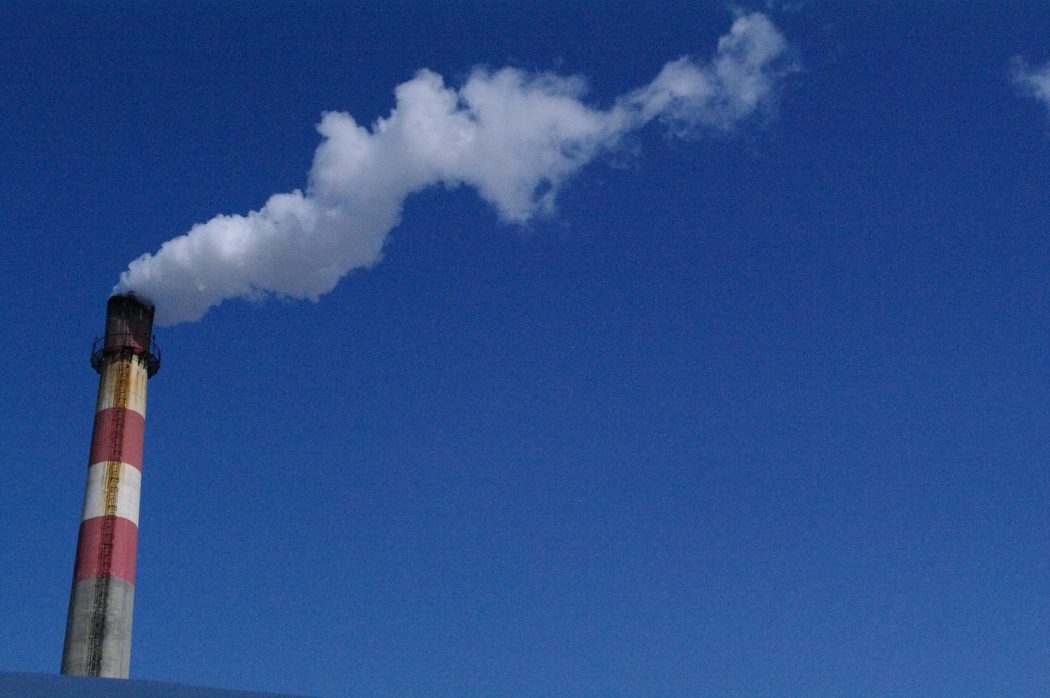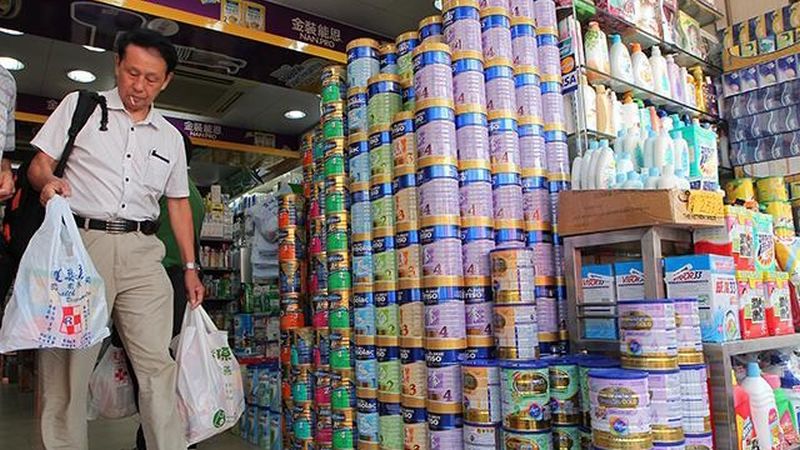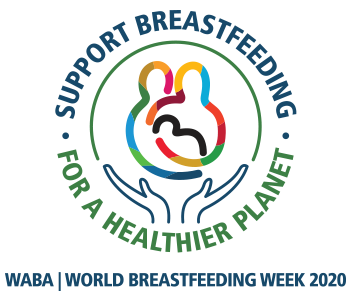By Liz Thomas
Imagine if I told you there was a superfood that adjusted to the needs of people as they consumed it, aiding mental and physical development. A product with immune-boosting qualities so broad and powerful that researchers are investigating its potential for treating Covid-19.
What if I also told you it could be produced anywhere, with a carbon neutral footprint, in zero waste packaging. That is portable and durable. And investing in it would not only save lives and improve the well-being of millions, but could benefit economies, cut healthcare costs, as well as helping the international effort to tackle climate change.

Imagine the global clamour for such a wonder-product. Based on the soaring sales of Vitamin D after merely a suggested link to coronavirus protection, there’d be a consumer meltdown.
And yet the product already exists. It’s breastmilk.
The sad reality is that if breastfeeding was commodifiable and profitable, if there was a way to monetise this “liquid gold”, big business and advertising would have invested in and displayed nursing in all its glory decades ago.
Instead, we are still battling to normalise it. Just 41% of the 141 million babies born annually exclusively breastfed until 6 months in line with the World Health Organisation (WHO) recommendations. In Hong Kong, that figure is just 27.9%.

Breastfeeding has long been undervalued, but scientists are slowly unlocking its vast potential. Refined over millions of years of human evolution, it’s something we as a species would not have survived without.
We now know breast milk has the ideal mix of proteins, fats, vitamins, and carbohydrates for a human infant. It also has infection-fighting leukocytes and antibodies, as well as enzymes, and hormones. This is all delivered in a symbiosis between mother and baby that helps physical and emotional development.
We also know that failing to invest in breastfeeding so families can meet WHO’s targets means 800,000 children die each year that need not. And that increasing rates would save US$300 billion dollars in healthcare bills and leave millions better protected from a wide range of illnesses including gastroenteritis and diabetes.
But as the threat of climate change advances, experts warn this failure to back breastfeeding is also coming at a heavy environmental price.

This year’s World Breastfeeding Week (August 1-7), backed by the World Alliance for Breastfeeding Action (WABA), UNICEF, and WHO, focuses on the impact of infant feeding on the planet.
“Breastmilk is a natural, renewable food that is produced and delivered to the consumer without pollution, packaging or waste. When we protect and support mothers and breastfeeding, we are also reducing the impact on our air, water and land, protecting our young ones and future generations,” states WABA.
A 2019 study by Imperial College found the “production of unnecessary infant and toddler formulas exacerbates environmental damage,” estimating that breastfeeding for six months saves an estimated 95-153 kg of carbon dioxide per baby compared with substitute milks.
The researchers, writing in the British Medical Journal, point to the dairy industry as a major emitter of greenhouse gases including methane, carbon dioxide, and nitrous oxide.

Most formulas are made of powdered cows’ milk. Cow’s milk is of course the ideal food for calves but is “nutritionally inadequate” for the human infant, the Imperial team said, adding that this means formula must be supplemented with additives such as palm, rapeseed, sunflower, algal and fish oils, as well vitamins and minerals, which come with their own additional ecological footprint.
Additionally it takes 4,700 litres of water to produce each kilogram of cow’s milk, and as powdered formula should be made with water heated to at least 70°C, this too must be factored into its vast energy requirements.
In 2016, an investigation by the International Baby Food Action Network and the Breastfeeding Protection Network of India revealed that formula emissions from just six Asia Pacific countries were the equivalent of more than six billion miles of car travel.
A decade ago, acclaimed medical journal The Lancet, found 550 million cans, 86,000 tons of metal and 364,000 tons of paper linked to the formula industry went to landfill in the US alone.

Given the business has grown from a $45 billion industry in 2014 to more than $70 billion now according to Save the Children’s Don’t Push It report, we can assume the resulting waste is far worse now.
By contrast, breastfeeding offers a safe and sustainable way to nourish young children, and also provides food security at a time when climate-related disasters are rising.
Experts have already predicted that global warming and the resulting migration will put humans and animals increasingly in each other’s paths — potentially meaning more pandemics.
This is not just an issue for the developing world, Covid-19 has shown how quickly emergencies lead to chaos and leave infants vulnerable.

Heartbreaking videos went viral: distraught parents sobbing in front of empty formula shelves at the supermarket because panic-buying left their babies with nothing.
Investing in breastfeeding will help in efforts to reduce climate change, but also is part of the solution when the worst happens.
There’s often a knee-jerk reaction from those who confuse criticism of the formula industry with criticism of those who use the product, a fear that highlighting issues with formula exacerbates the guilt, sadness or frustration felt by some for using it.
But this infantilizes mothers and underestimates our intelligence. Women run countries, companies, and homes. We are capable of understanding facts, even if they run counter to our choices, without falling on the fainting couch.

We can only make informed decisions if we have all the information and, with experts warning we have little more than ‘ten years to save the planet,’ we cannot shy away from tough conversations.
Let’s be clear, however. No one is suggesting this is a mother’s burden to bear.
Breastfeeding must be part of national health conversations as governments work towards the UN’s 2030 Sustainable Development Goals. But raising rates will only be possible when parental support — from trained lactation experts and informed medical professionals to proper protection from aggressive formula promotion and optimal maternity leave — is a policy and public spending priority.
As WHO says: “Only greater political commitment matched with practical action can make breastfeeding a part of every child’s healthy start in life, and every society’s healthier, more equitable — and thus, more sustainable — future.”
Liz Thomas is a journalist and the founder of the normalise breastfeeding campaign, #Ittasteslikelove.
